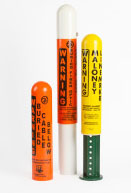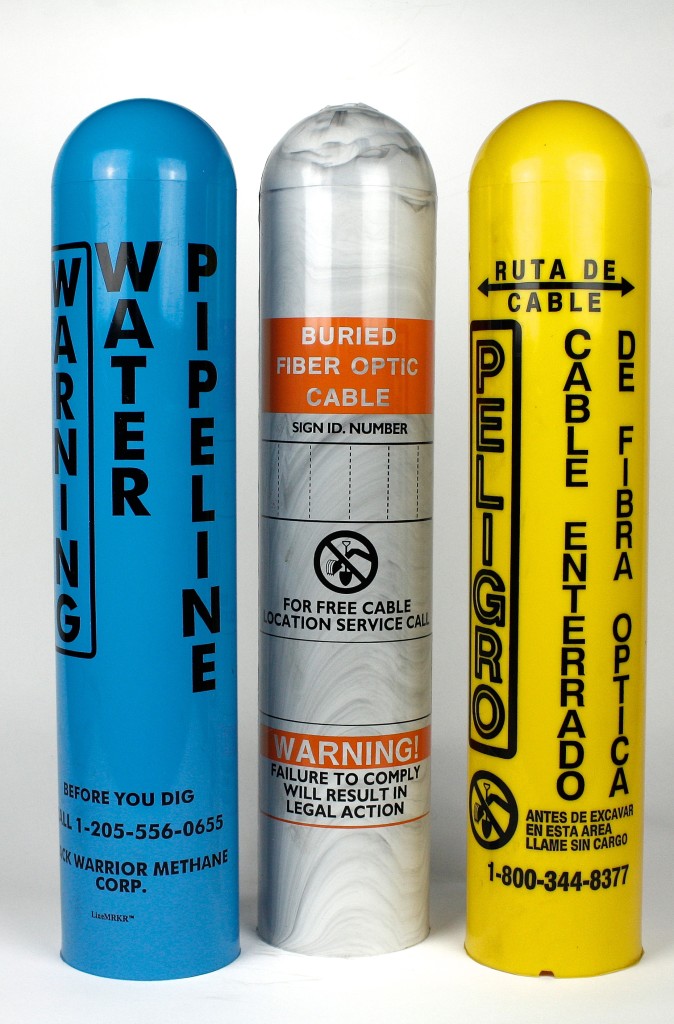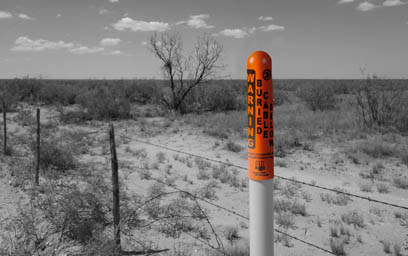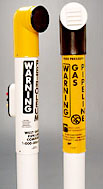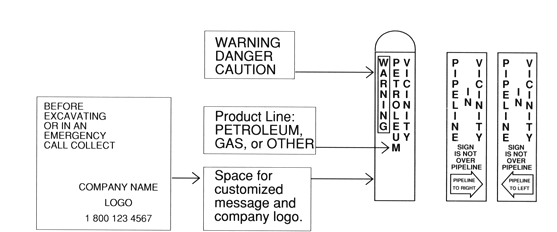Maloney LineMRKR™ Line Markers
Malony’s LineMRKR™ Line Markers have a Polyethelene Dome for a “Full-View”, Zero-Maintenance and Pipeline-Tough.
LineMRKR™ Main Functions
1. Right of Way Line Marker LineMRKR™ Line Markers for pipeline and utilities are used to indicate the location of a buried pipeline, cable, conduit, etc.
- To help construction crews avoid accidentally damaging them.
- To warn the general public that there is a buried pipeline or utility in the area, and
- To identify the owner.
2. Vents Vents are used to vent the crossing casing to the atmosphere to help maintain conditions for optimum cathodic protection.
3. Test Stations Test Stations are used to monitor the effectiveness of the cathodic protection program.





